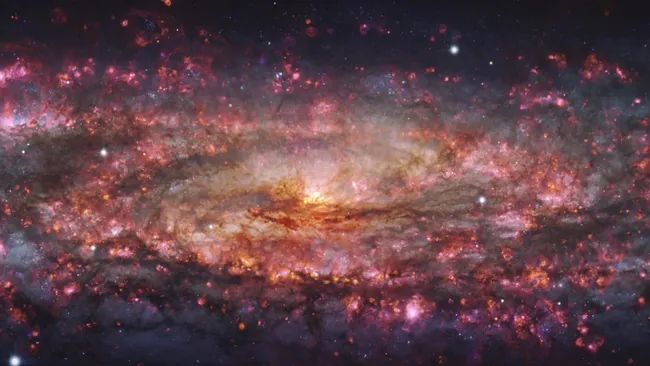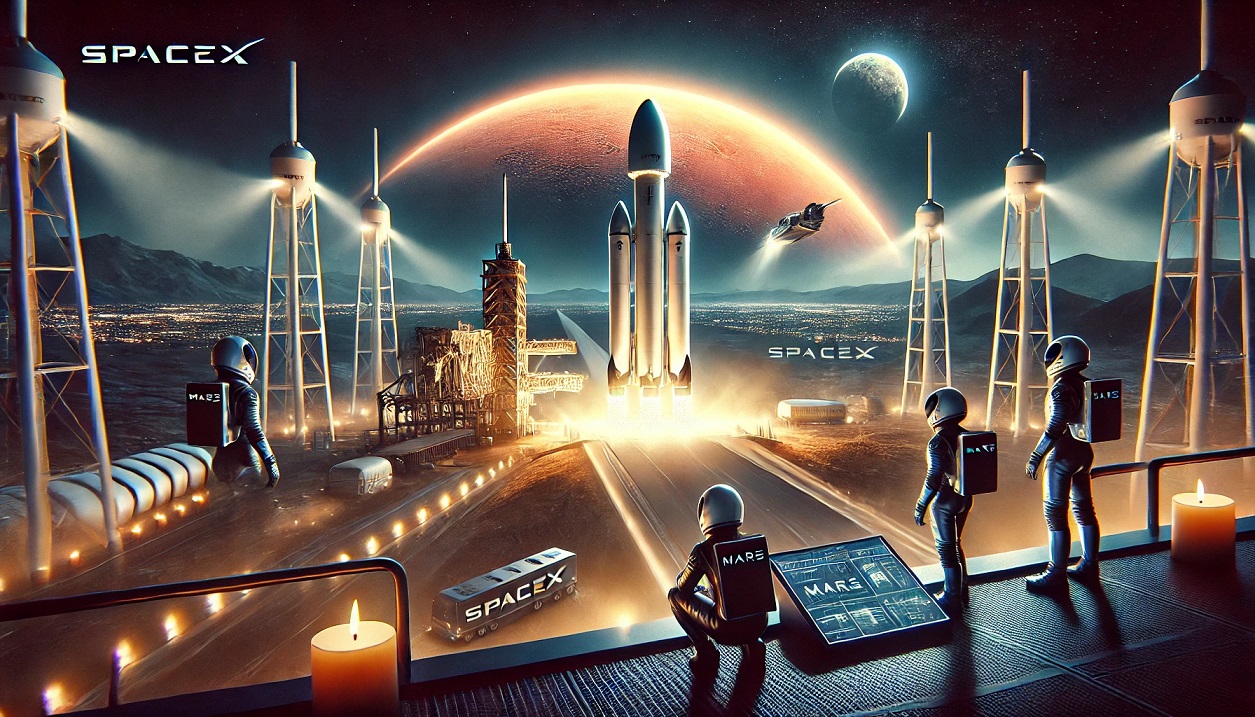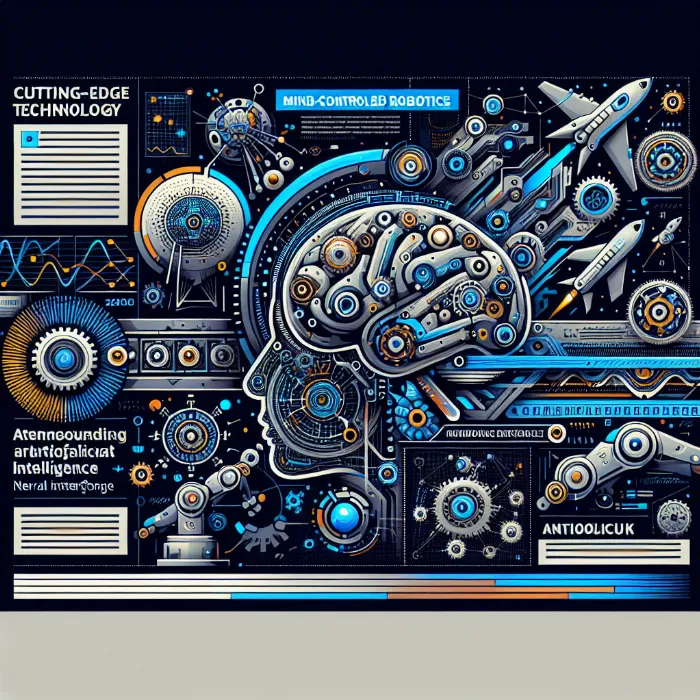Astronomers Capture the Most Intricate Picture of a Galaxy in 1,000 Colors Ever Seen
In a breathtaking achievement that pushes the boundaries of space exploration and visualization, astronomers have revealed the most detailed and colorful image of a galaxy ever captured. This isn’t just a photograph—it’s a spectral symphony of cosmic science. Taken using cutting-edge instruments at the European Southern Observatory, the image depicts the Sculptor Galaxy (NGC 253) in over 1,000 distinct color wavelengths, unlocking new perspectives into the galaxy's structure, star formation, and elemental makeup.
This high-resolution marvel comes from a combination of advanced optical technology and over 50 hours of deep-sky observation, enabling astronomers to map the galaxy not just in light, but in spectral fingerprints that tell a story of birth, movement, decay, and cosmic interaction.
🔬 A New Era in Space Imaging Technology
Traditional galaxy images usually rely on a few color filters—typically red, green, and blue—combined to generate a colorful, artistic representation of what our eyes might perceive. But this new image goes far beyond human vision. Thanks to the MUSE (Multi Unit Spectroscopic Explorer) attached to the Very Large Telescope (VLT) in Chile, scientists can now see each pixel of the galaxy in thousands of color wavelengths, each associated with different types of stars, gases, and elements.
This method is called spectroscopy—and it doesn’t just show you the where, it tells you the what and how. What types of stars exist in that spot? How hot is the gas? Is there a black hole nearby influencing its motion? These are questions we can now begin to answer with newfound clarity.
🌠 A Galaxy Like Never Before
The target of this monumental image is the Sculptor Galaxy, also known as NGC 253, located about 11.4 million light-years from Earth. It is a barred spiral galaxy—similar in structure to our Milky Way but viewed almost edge-on from Earth, allowing for a unique look into its vertical halo, thick disk, and central starburst region.
Why this galaxy? According to astronomers, it strikes a perfect balance: it’s close enough to be studied in detail and large enough to contain complex and varied structures. This makes it an ideal testbed for advanced imaging and exploration techniques.
The result? A massive, high-resolution image that spans over 65,000 light-years of galactic material, revealing previously unseen ionized gas clouds, planetary nebulae, supernova remnants, stellar nurseries, and energetic outflows from its galactic center.
🎨 What 1,000 Colors Reveal
So what do you see in a galaxy when you split it into 1,000 wavelengths of light?
You see life and death, motion and chaos, and the elemental foundation of the universe. Blue light exposes the hottest, youngest stars—blazing millions of degrees Kelvin. Red and orange tones reveal older stars that are cooler but stable. The mid-range greens and yellows are often associated with dust clouds and ionized gases.
You’ll also find emission lines of various elements:
Hydrogen α reveals areas of intense star formation.
Oxygen III indicates areas impacted by recent supernova explosions.
Sulfur II traces slow-moving shock waves expanding outward from dying stars.
Each spectral signature is like a sentence in a larger cosmic story. And when you put them all together, you’re not just seeing a galaxy—you’re reading it.
🔭 Science, Not Just Beauty
While this image is visually stunning, its scientific impact is even more impressive. This galaxy has been transformed into a spectroscopic treasure trove that will fuel countless research papers, discovery pipelines, and modeling projects over the next decade.
For example, researchers have already identified more than 500 planetary nebulae in the image—far more than usual for a single galaxy. These glowing gas shells from dying stars help astronomers trace stellar evolution and map distances within the galaxy. These objects also act as markers to test gravitational models and star cluster distribution.
Moreover, the rich spectral data allows scientists to track the flow of gas being pulled in or expelled from the galaxy, essential to understanding the feedback loops that regulate star formation and galactic growth.
💫 The Central Starburst: A Cosmic Furnace
One of the most exciting discoveries in this image is the vivid activity in the central bulge of the galaxy. This region is undergoing a massive burst of star formation—a phenomenon known as a starburst. It’s producing new stars at a rate ten times faster than normal galaxies of its size.
This intense star-forming region generates powerful winds and radiation that are blowing out gas and dust into the surrounding space. Thanks to the MUSE instrument, scientists can now measure the velocity, direction, and chemical makeup of these outflows with extraordinary precision. This kind of detail provides deep insight into how galaxies self-regulate, often shutting off star formation once central regions become too turbulent.
🧪 Chemical Cartography of the Cosmos
One of the most groundbreaking features of this imaging process is its ability to map elements and molecules across the entire galaxy. By observing spectral emission and absorption lines, scientists have created a chemical atlas showing where carbon, oxygen, nitrogen, sulfur, and iron are concentrated.
This helps explain the metallicity gradient—a phenomenon where heavier elements are more abundant in the galactic center and decrease outward. Understanding this pattern is crucial to knowing how galaxies evolve over billions of years.
Additionally, this information supports simulations of how the first galaxies formed, how elements were created in early stars, and how interstellar chemistry influenced the formation of planets and possibly life.
🌍 A Mirror of the Milky Way?
Interestingly, studying NGC 253 helps astronomers better understand our own galaxy. Because we’re located within the Milky Way, it’s hard to observe its full structure. But by analyzing similar galaxies like NGC 253, scientists can infer details about our home, including how spiral arms form, how thick the disk might be, and what conditions may have existed in its early life.
This comparative study is like looking into a cosmic mirror, providing valuable context for everything from the formation of our solar system to the potential for life elsewhere in the galaxy.
🔮 Future Possibilities and Follow-Up Missions
This is not the end of the story—it’s the beginning. The ultra-detailed data will now be used in multiple follow-up studies. Astronomers plan to:
Analyze gas motion using Doppler shifts across thousands of regions.
Investigate stellar population age distributions throughout the disk.
Study how outflows affect the intergalactic medium.
Cross-match this data with upcoming surveys from the James Webb Space Telescope, which will offer infrared views of the same galaxy.
This multilayered data will act as a scientific time capsule, allowing researchers in the coming decades to test new theories, challenge current models, and refine our understanding of the universe.
🚀 Final Thoughts: A Milestone for Astronomy
The image of the Sculptor Galaxy in 1,000 colors is not just a celebration of what technology can do—it’s a milestone in the human quest to understand the cosmos. It’s a powerful example of how beauty and science can converge into something profoundly inspiring.
From the technology that made it possible to the discoveries it will yield, this single image encapsulates decades of progress, collaboration, and curiosity. And in its glowing swirls of color and gas, it offers not just answers, but endless new questions waiting to be explored.
So whether you're an astronomer, a science blogger, or just someone who looks up at the stars in wonder, this galaxy's 1,000 colors are a gift from the universe—inviting us to look deeper, think bigger, and dream further.
















Comments 0